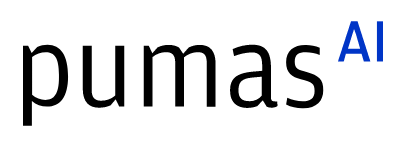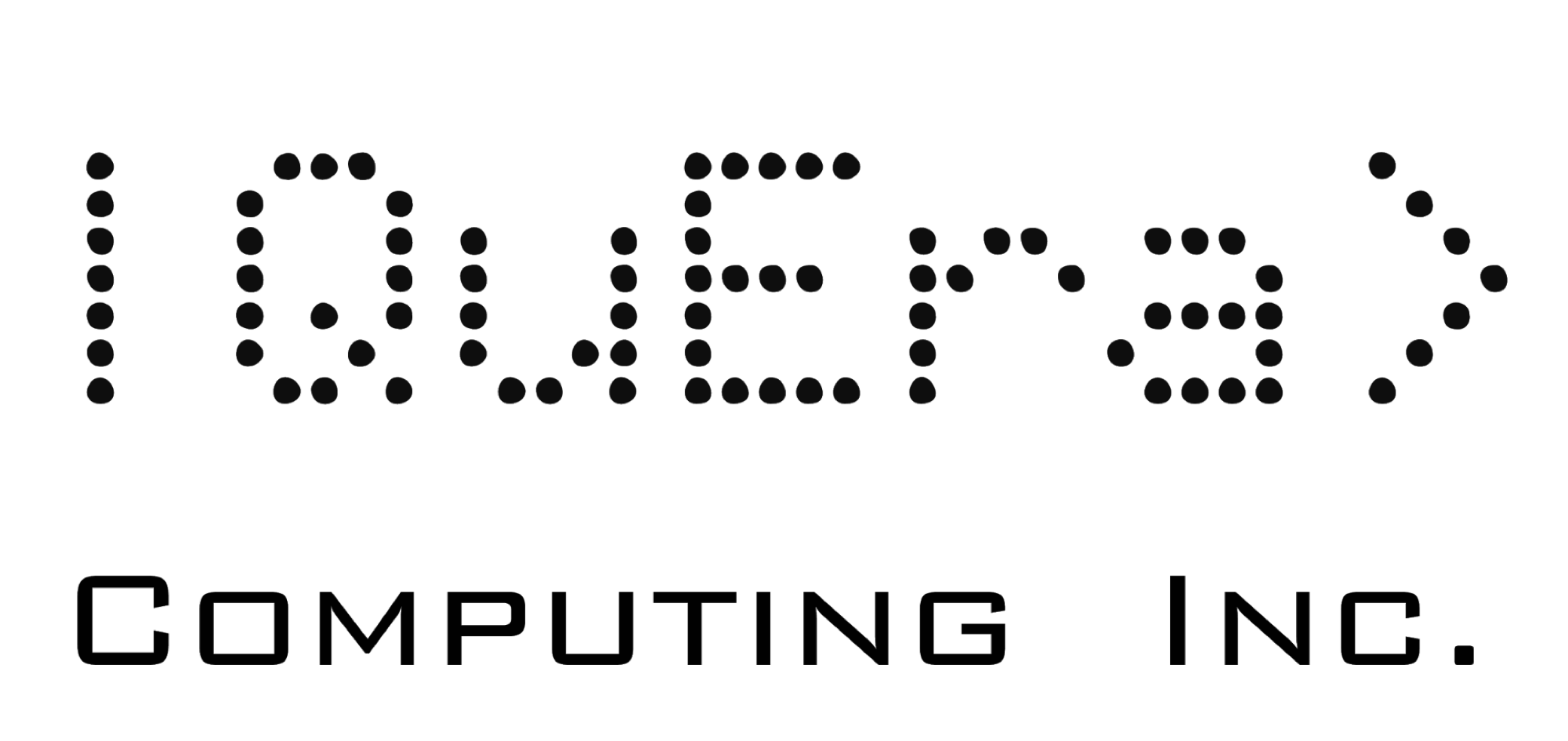Modeling a Crash Simulation System with ModelingToolkit.jl
Abstract:
Previously traditional modeling tools were used to provide the acausal modeling framework which could be statically compiled and integrated with our distributed software. But with this comes the dual language problem and friction with model research and development. With ModelingToolkit.jl the tools needed to transition from traditional modeling frameworks are now available. This talk will cover our approach and success in re-writing our Hydraulic Crash Simulation system model in pure Julia.
Description:
Instron's “Catapult” Crash Simulation System releases 2.75MN of energy with micron level control over a fraction of a second to reproduce a recorded crash force signal. This machine requires a model for many reasons: command signal generation, operational prediction and optimization, and engineering research and development. Therefore the model should be compilable for software but also flexible for engineering exploration (i.e. scriptable REPL mode). Julia opens the door to making this more efficient for its solution to the dual language problem but also provides a full featured programming language and modular package system with integrated unit testing that additionally help greatly with model development. ModelingToolkit offers the tools needed to easily rewrite and move the model from traditional modeling frameworks and provides not just the benefit of modeling in Julia, but a more flexible and open modeling tool.
To successfully transition, a few missing features needed to be developed: 1. How to integrate Julia code in software, 2. How to enhance ModelingToolkit with: parameter management, global parameters, algebraic ODE tearing, and static model code generation. We now have a faster model that is easier and more organized to develop with a testing and benchmarking suite to easily track and publish versioned changes. There is still work to do but we now have what we need to develop our future products with Julia.
Platinum sponsors



Gold sponsors


Silver sponsors








Media partners



Community partners


Fiscal Sponsor
